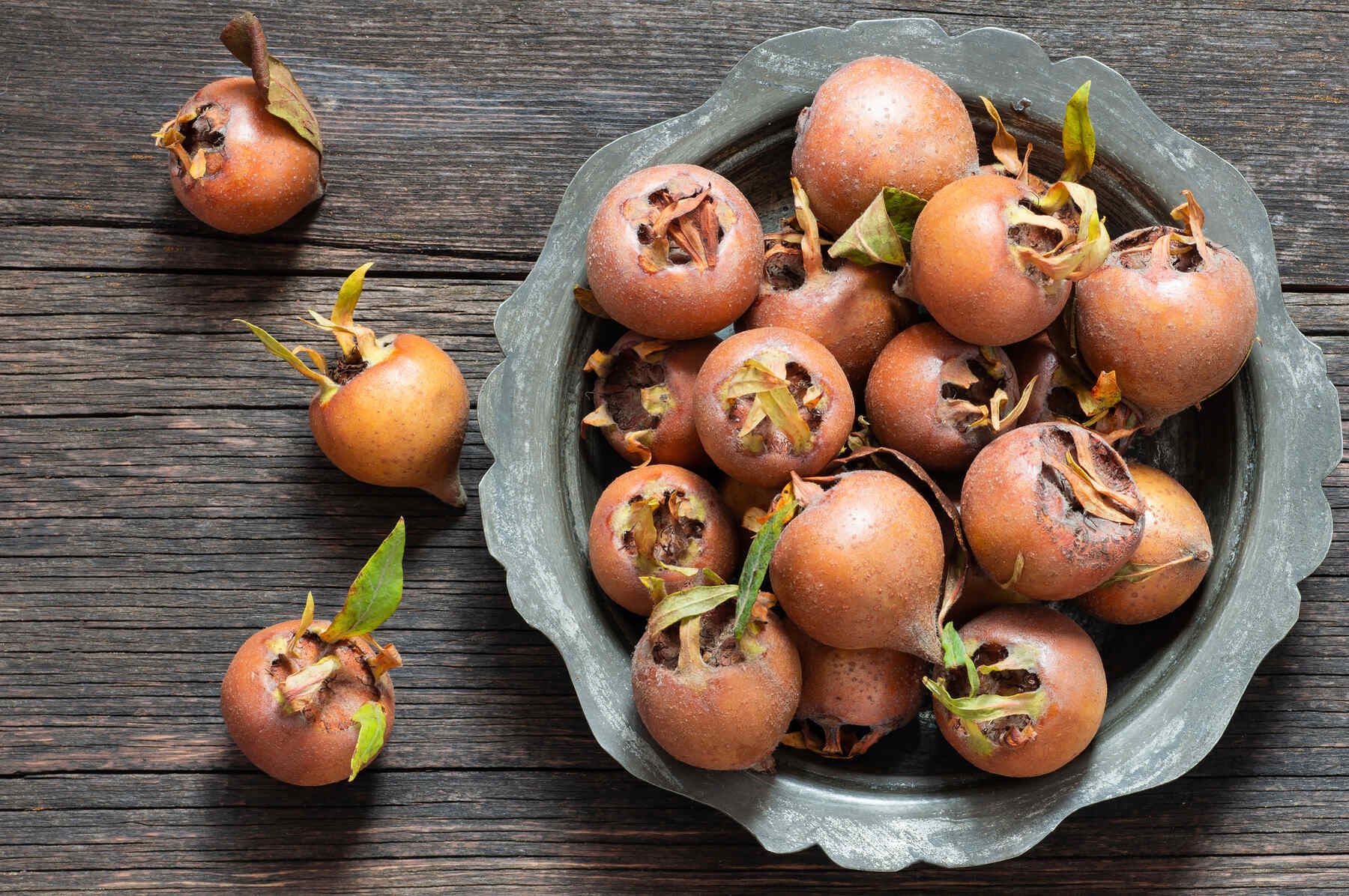
What is a medlar? This quirky fruit, often overlooked, has a rich history and unique characteristics. Medlars have been cultivated for over 3,000 years, originating from the region around the Caspian Sea. They were popular in ancient Greece and Rome, and even made their way into medieval European cuisine. The fruit resembles a small, brown apple with a distinctive open end. Unlike most fruits, medlars are best eaten when bletted, or allowed to soften and almost rot. This process turns their flesh into a sweet, tangy, custard-like consistency. Medlars are packed with vitamins and antioxidants, making them a nutritious choice. Curious about more medlar facts? Keep reading to uncover 25 fascinating tidbits about this unusual fruit!
What is Medlar?
Medlar is a unique fruit that has been around for centuries. Its unusual appearance and taste have intrigued many. Let's dive into some fascinating facts about this ancient fruit.
- Medlar is a small, brown fruit that looks like a cross between an apple and a rosehip.
- The fruit has been cultivated for over 3,000 years, making it one of the oldest known fruits.
- Medlar trees are native to southwest Asia and southeastern Europe.
- The fruit is typically harvested in late autumn, after the first frost.
- Medlar is often left to "blett" or soften before eating, which is similar to the ripening process of persimmons.
Historical Significance of Medlar
Medlar has a rich history and has been mentioned in various literary works and historical texts. Here are some interesting historical facts about medlar.
- The ancient Greeks and Romans highly valued medlar for its medicinal properties.
- Medlar was a popular fruit in medieval Europe, often featured in feasts and banquets.
- Geoffrey Chaucer, the famous English poet, mentioned medlar in "The Canterbury Tales."
- William Shakespeare referred to medlar in his play "As You Like It."
- The fruit was also known as the "open-arse" in medieval England due to its distinctive shape.
Nutritional Benefits of Medlar
Medlar is not just an interesting fruit; it also offers several health benefits. Let's explore the nutritional aspects of medlar.
- Medlar is rich in dietary fiber, which aids in digestion and promotes gut health.
- The fruit contains high levels of vitamin C, boosting the immune system.
- Medlar is a good source of antioxidants, which help combat free radicals in the body.
- The fruit has anti-inflammatory properties, which can help reduce inflammation and pain.
- Medlar is low in calories, making it a healthy snack option.
Culinary Uses of Medlar
Medlar can be used in various culinary applications, adding a unique flavor to dishes. Here are some ways medlar is used in cooking.
- Medlar can be eaten raw once it has bletted, offering a sweet and tangy flavor.
- The fruit is often used to make medlar jelly, a popular spread for toast and pastries.
- Medlar can be used in baking, adding a unique taste to pies, tarts, and cakes.
- The fruit can be made into medlar cheese, a thick, spreadable preserve.
- Medlar wine is a traditional beverage made by fermenting the fruit.
Growing and Caring for Medlar Trees
Growing medlar trees can be a rewarding experience for gardeners. Here are some tips on how to grow and care for medlar trees.
- Medlar trees prefer well-drained soil and a sunny location.
- The trees are relatively low-maintenance and can tolerate drought conditions.
- Medlar trees are resistant to many common pests and diseases.
- Pruning is essential to maintain the tree's shape and encourage fruit production.
- Medlar trees can live for several decades, providing fruit for many years.
Medlar: A Hidden Gem
Medlar, often overlooked, holds a treasure trove of surprises. This ancient fruit, with its unique flavor and rich history, deserves more attention. From its quirky appearance to its medicinal benefits, medlar is a fascinating subject. It’s not just a fruit; it’s a conversation starter, a piece of history, and a health booster all rolled into one.
Whether you’re a history buff, a health enthusiast, or just someone who loves trying new things, medlar has something to offer. Its journey from ancient times to modern kitchens is a testament to its enduring appeal. So next time you spot this unusual fruit, give it a try. You might just find a new favorite.
Medlar isn’t just food; it’s an experience. Dive into its world, and you’ll discover a fruit that’s as intriguing as it is delicious.
Was this page helpful?
Our commitment to delivering trustworthy and engaging content is at the heart of what we do. Each fact on our site is contributed by real users like you, bringing a wealth of diverse insights and information. To ensure the highest standards of accuracy and reliability, our dedicated editors meticulously review each submission. This process guarantees that the facts we share are not only fascinating but also credible. Trust in our commitment to quality and authenticity as you explore and learn with us.
